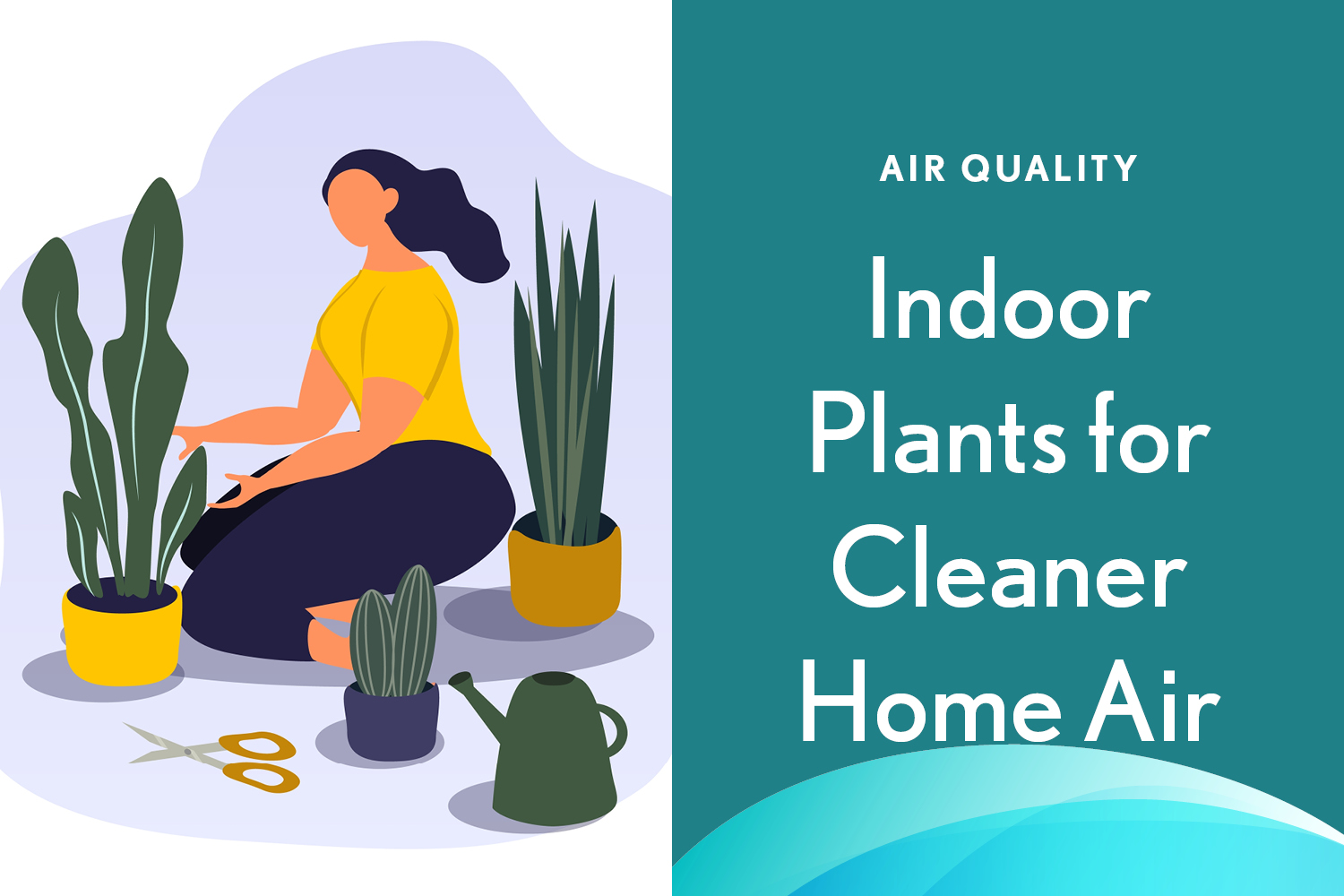
We spend a huge amount of time indoors. Whether it’s at home, in the office, or while running errands in our cars, we’re constantly breathing in the air around us.
While outdoor pollution often receives the spotlight, indoor air can also contain unwanted substances that affect our well-being.
As advocates for holistic well-being, we believe the spaces we live in shape our overall health. Just as a sea swim or a calming yoga session can support our bodies and minds, enhancing our indoor environment can also make a noticeable difference.
You might not think of houseplants as air purifiers, but they can play a supportive role in cultivating a fresher home environment. They often act as a gentle, natural complement alongside other, more direct ways of keeping your indoor air feeling clean and healthy.
How do plants contribute to your indoor space?
Through their natural processes, plants absorb carbon dioxide and also take in some common indoor compounds through their leaves and roots.
While these biological functions do occur, their practical contribution to air purification in a typical home setting is generally subtle. However, they can certainly be part of a holistic approach to creating a comfortable indoor environment and supporting a fresher living space.
You don’t need rare or difficult plants to get started. Many popular, easy-to-care-for houseplants have some very helpful properties that contribute to a pleasant atmosphere.
Here are five great options:
Consider the areas where you spend the most time or where pollutants might be present. Strategic placement helps make the most of your plants.
Just a few well-placed plants in these areas can contribute to a more comfortable atmosphere.
It might sound surprising, but indoor air can contain volatile organic compounds (VOCs) released from everyday materials.
These can include formaldehyde from furniture and flooring, benzene from plastics and fibres, xylene from paints and adhesives, and trichloroethylene from varnishes and cleaners.
Over time, exposure to these compounds may affect how we feel. While plants are not a complete solution for indoor air quality issues, they can certainly play a helpful role as part of a broader approach to maintaining a pleasant indoor environment.
This is a question many people ask.
Older studies, often conducted in sealed laboratory environments, suggested that a significant number of plants could make a difference to air quality. However, more recent research highlights that their effect is just one part of the bigger picture in most homes.
Still, every plant contributes something, whether it’s through a fresher feeling in your space or simply making your home feel calmer and more connected to nature.
There’s no need to aim for a specific number. Focus on adding greenery where it fits naturally into your space and lifestyle. Even a few plants can make a difference.
Adding plants to your home is a simple and natural way to enhance your indoor environment. While their influence on indoor air freshness is just one aspect of their charm, they offer many well-being benefits, including helping you feel more relaxed and connected to nature.
Why not bring one or two into your home and see how it feels?